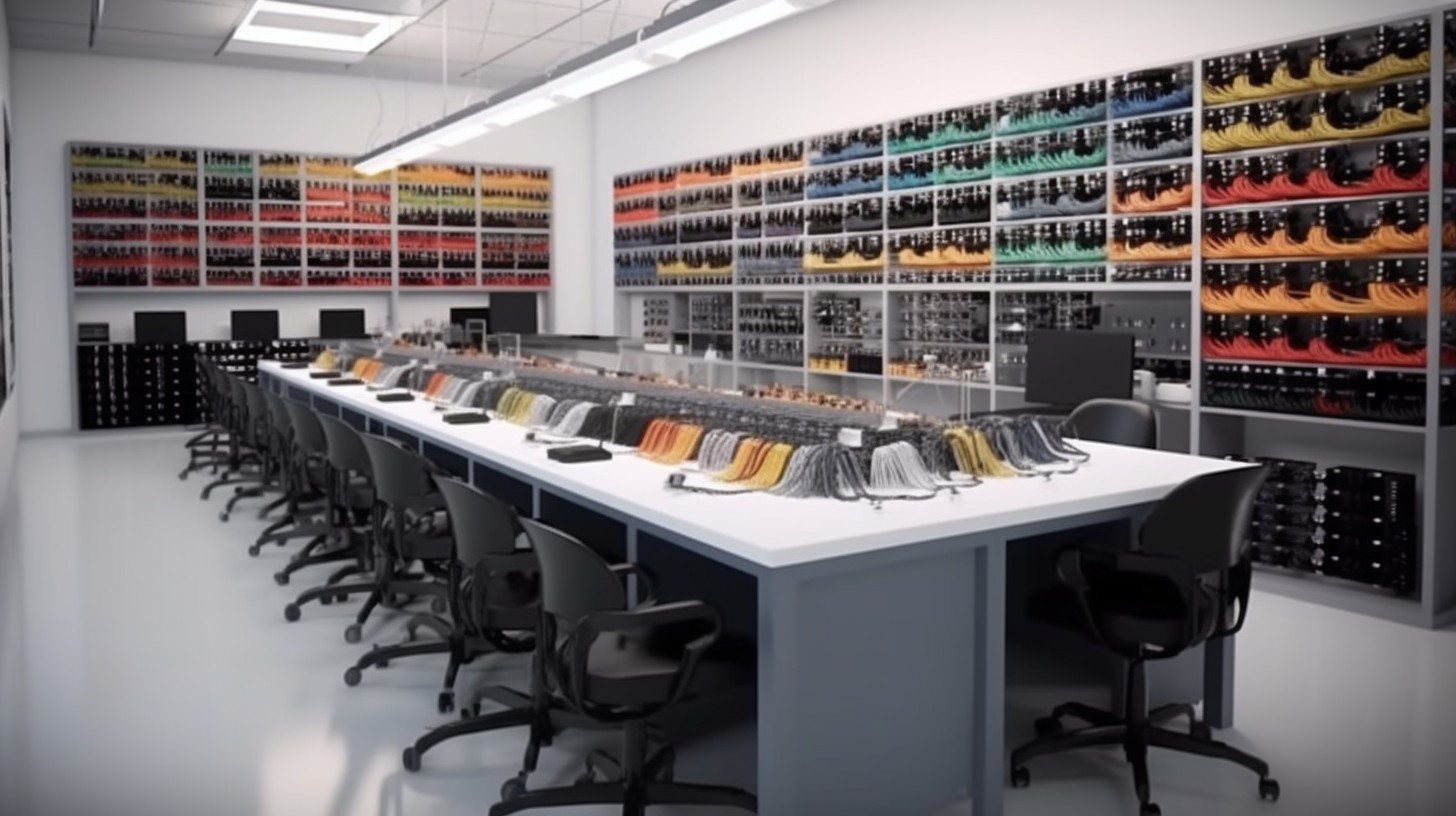Get Wired: A Comprehensive Guide to Cables and Connectors

Alright folks, let's dive straight into the world of cables and connectors, something that might seem as thrilling as watching paint dry. But buckle up, for you're in for a wild ride. In-a-nutshell, these twisted little devils are responsible for creating the network infrastructure that powers every wee bit of our tech-driven existence. So let's grab the bull by the horns and get cracking!
The Ethernet Cables: Cat5, Cat5e, Cat6, and Cat7
Now, let's start things off with Ethernet cables. These captains of cables are network cables used for high-speed connections between two devices. The ever-so-versatile Ethernet cables come with labels such as Cat5, Cat5e, Cat6, and Cat7.
I know, I know, it sounds like they’re categorizing some sort of feral species of cats, right? But alas, the "cat" actually stands for category. More specifically, these categories illustrate just how fast your data can go zipping from one device to another. In other words, it’s like deciding if you want to ride a tortoise (Cat5), a bike (Cat5e), a car (Cat6), or take a jet plane (Cat7) on the data highway.
Fiber Optic Cables
Next in the lineup is the fiber optic cables, the cool kids on the block. These speed demons use light instead of electricity for transmission. You heard it right! They're the Houdini of the cable world, pulling off the incredible trick of turning your data into pulses of light shot through thin strands of glass or plastic. Impressive, huh?
Now, there are single mode and multimode fiber optic cables. The way it works is like a quiet stroll down a narrow alleyway (single mode) versus a bustling crowd in a wide street (multimode). The former is made for long distances with one straight line of light, while the latter is a party line with multiple light paths bouncing around for short distances.
Coaxial Cables
Now, if Ethernet and fiber optic cables are the cool kids in school, then coaxial cables are the hardworking, reliable folks next door. You know what they say, "slow and steady wins the race." They may not be the quickest, but their strength lies in their durability and resistance to interference. Precision connectors such as BNC or Type F are often used with these cables. So, next time you're flipping channels on your television, remember, you've got these steady Eddies to thank!
Serial and Parallel Cables
Ever had those days when making a decision was as tough as a two-dollar steak? Well, say hello to the realm of serial and parallel cables! Just like facing the conundrum of whether to eat that last piece of pizza or stick to your diet, these cables too made a significant choice: serial opted to send data bit by bit in a single line, while parallel decided to let loose and send multiple bits at a time, as if it couldn’t contain its excitement!
Power Cords and USBs
Let's not forget the unsung heroes of the cable world – power cords and USBs. They may not be the flashy heartthrobs of the gang, but they sure pack quite a punch. From charging your devices to connecting peripherals to your computer, they ensure everything runs smoothly and efficiently.
The Laughter Patch: Cable Comedy Corner
Hey, if cables and connectors did stand-up comedy, imagine the Ethernet asking the coaxial, "Why are you so resistant?" To which, the coax replies, "Because I don't want to become a twisted pair like you!" Ba dum tss! Trust me, in the cable world, that's pure gold!
So, in conclusion, an appropriate type of cable or connector for a solution depends on various factors such as type of network, distance, and data speed needs. As for studying for the CompTIA Network+ (N10-008) exam, remember: don't just get tangled up in the nitty-gritty details; take a moment to appreciate the humor, history, and ‘herstory’ of cables too! After all, cables and connectors might be a serious business, but who says we can't have a good laugh along the way?
We started our journey with the ubiquitous Ethernet cables, delved into the wondrous world of fiber optics, gave a shout-out to our reliable old buddy, the coaxial cable, and journeyed on to the decision-making conundrum of serial vs parallel. Finally, we rounded it off with a salute to the workhorses of the cable world, power cords, and USBs. And of course, a bit of cable comedy to keep things light!
All this, my friends, keeps our world ticking, charging, and connecting, all in the blink of an eye. So next time you plug in your phone or laptop, spare a thought for the humble cables and connectors working tirelessly behind the scenes. After all, in the techie world, they're the real 'connectors' of life!